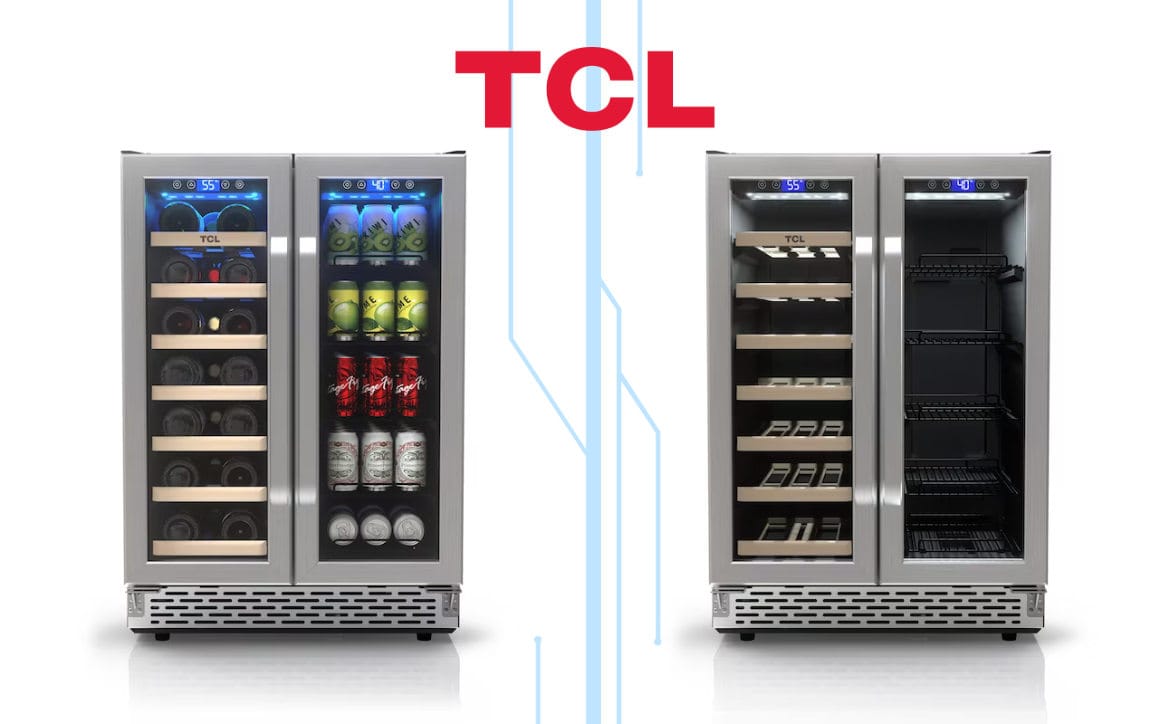You must have heard that data is the new oil. And that also sums up the importance of data in today’s business circuit. Data also is called the currency of the 21st century as it describes how companies now value strategic, business-critical, and personally sensitive data to use for data intelligence.
Estimated reading time: 5 minutes
What Is Data Intelligence?
In simple terms, you can regard data intelligence as a system to deliver trustworthy, reliable data.
You can regard it as intelligence about data or metadata.
According to IDC, data intelligence helps organizations answer six fundamental questions about data. And these questions are:
- Who is using what data?
- Where is data, and from where did it come from?
- When is data being accessed, and when was it last updated?
- Why do we have data? Why do we need to keep or discard data?
- How is data being used, or how should data be used?
- What relationships are inherent within data and with data consumers?
Data intelligence answers questions around the who, what, where, and when of a given data asset. So, it portrays a picture of why people are using it. You can also understand the data reliability and relative value.
Due to the insights, you can figure out how the data has been used in the past. You will also be able to determine insights into how an asset has been used in the past. Finally, you can figure out how you can use it intelligently in the future with the information.
Data Intelligence and Data Governance
With data intelligence, you can quickly find data. And it also helps you to figure out how to use the data.
Data governance helps you to deal with various challenges related to data. It addresses multiple questions from different points of view. So a user can figure out whether a dataset is fit to use from the compliance, regulatory, and business perspectives.
Data governance formalizes responsibility and authority around data.
It clearly defines roles in regards to who can do what concerning the data. It also guides users to the best data and its most appropriate use. So data governance supports trust and transparency.
Now the spontaneous question comes, how does data intelligence support governance? Here, metadata plays a key role.
You can regard the following examples as data governance features that leverage data intelligence.
- A business glossary with automated data classification. It aligns teams on critical terms.
- Data lineage tracking and impact analysis reports, which show the transformation over time.
- Trust Flags that show whether a dataset contains sensitive information.
- Deprecations to warn users of deprecated datasets
- A stewardship dashboard to monitor assets most fit for curation and curation progress

Data Governance and Data Strategy
If you look at the past practices, businesses used data governance as a defensive tool to enforce compliance to ensure the passage of audits.
Although compliance is essential to the regulated industries, the command and control method used in practice created barriers between people and data.
But data governance can play a dominant role in servicing a data strategy that is both offensive and defensive.
Today, leaders are prioritizing data democratization to ensure people get access to the data they need.
Also, data catalog plays a crucial role in the process. It can integrate compliance at the consumption point to alert people of sensitive data.
Data Intelligence and Meta Data
Metadata plays a key role in data intelligence. And what is metadata? It is data about data.
Data intelligence is based on metadata. So you can come across high-level metadata categories in a data catalog. And that can include:
- Behavioral: The records that show who is using data and how they are using it
- Technical: They show schema or table definitions.
- Business: They show the policies on appropriately handling different kinds of data.
- Provenance: They show the relationship between two data object versions formed when a new dataset version is created.
It would help if you kept in mind that behavioral metadata is remarkably valuable. Its value arises from the representation of human wisdom around data. It shows how people use data to extract insights.
With more usage of a data catalog, you can expose yourself to other forms of metadata, such as:
- People Metadata: It describes the people who work with data, including consumers, curators, stewards, and subject matter experts.
- Search Metadata: It helps people find relevant data by supporting tagging and keywords.
- Processing Metadata: It describes the applied transformations and derivations when you manage data through its lifecycle.
- Supplier Metadata: It includes details about external sources and subscription or licensing constraints.
Data Intelligence and Active Metadata
With machine learning and artificial intelligence algorithms supported by human intelligence, active metadata gives internal insights about how people use data. As such, active metadata can improve processes, safeguard quality, and synchronize terms across departments.
With active metadata, you can get many benefits, such as:
- The context around data’s past usage
- Identify the best data to solve your problem
- Translates technical terms into natural human language
- Merges systems based on observed human patterns
Active metadata supports data intelligence within your business and helps in managing your data better. It helps you get insights into how data can empower businesses to manage their data in a scalable, innovative, and efficient way.
The Final Words
If you regard data as the oil, you should consider data intelligence as the new gas fueling the business transformation.
According to indications, more and more businesses will implement data governance programs to survive the cut-throat competition prevailing in the business landscape.
Businesses need to unleash data value to empower themselves to deal with the competitive forces effectively.
That is why data intelligence has become necessary for businesses. It can drive applications, taking advantage of cloud agility and elasticity. It can even help them to scale themselves to bigger sizes. And all these can happen cost-effectively.
What are your thoughts? Please share your thoughts on any of the social media pages listed below. You can also comment on our MeWe page by joining the MeWe social network.











